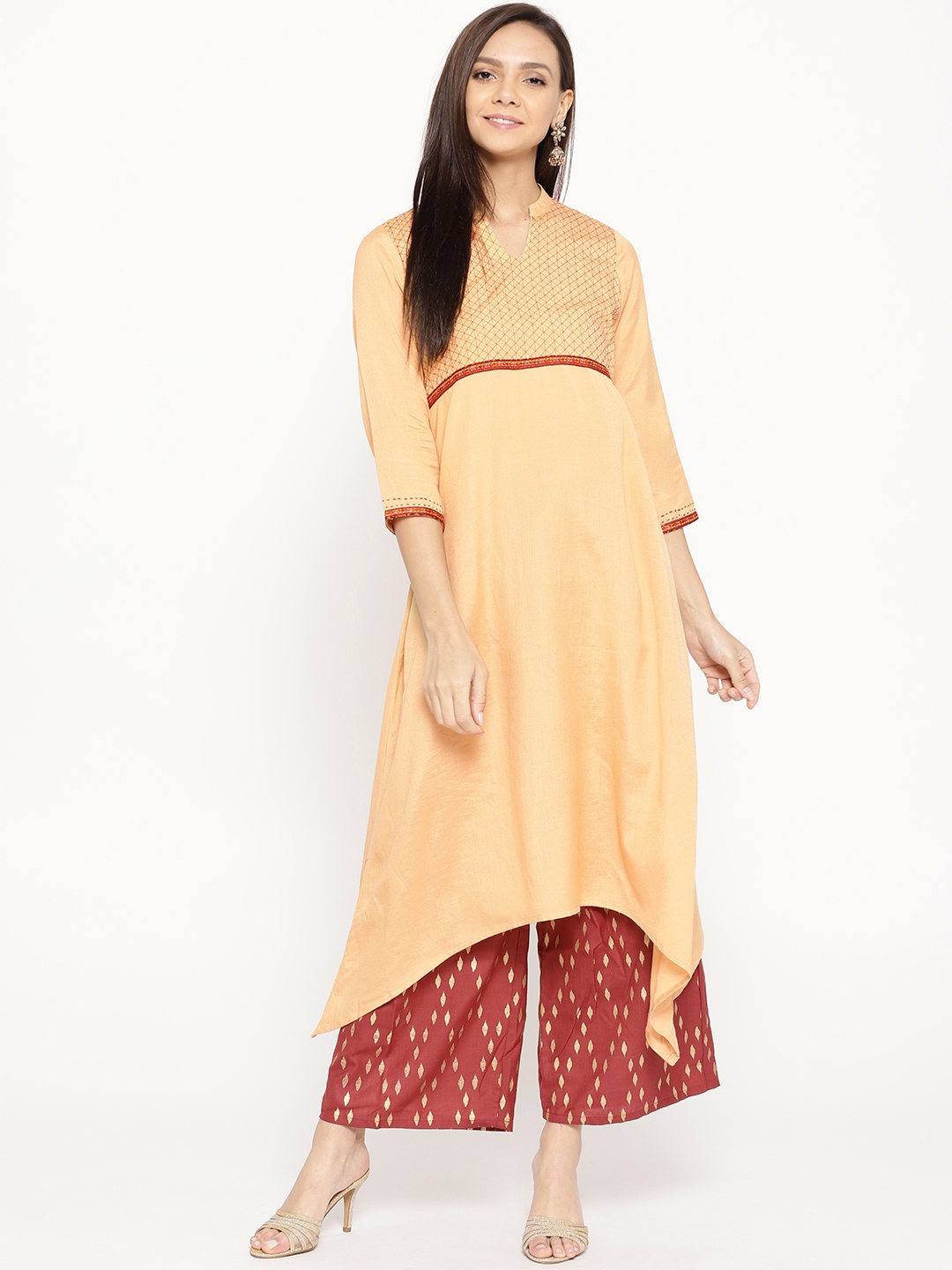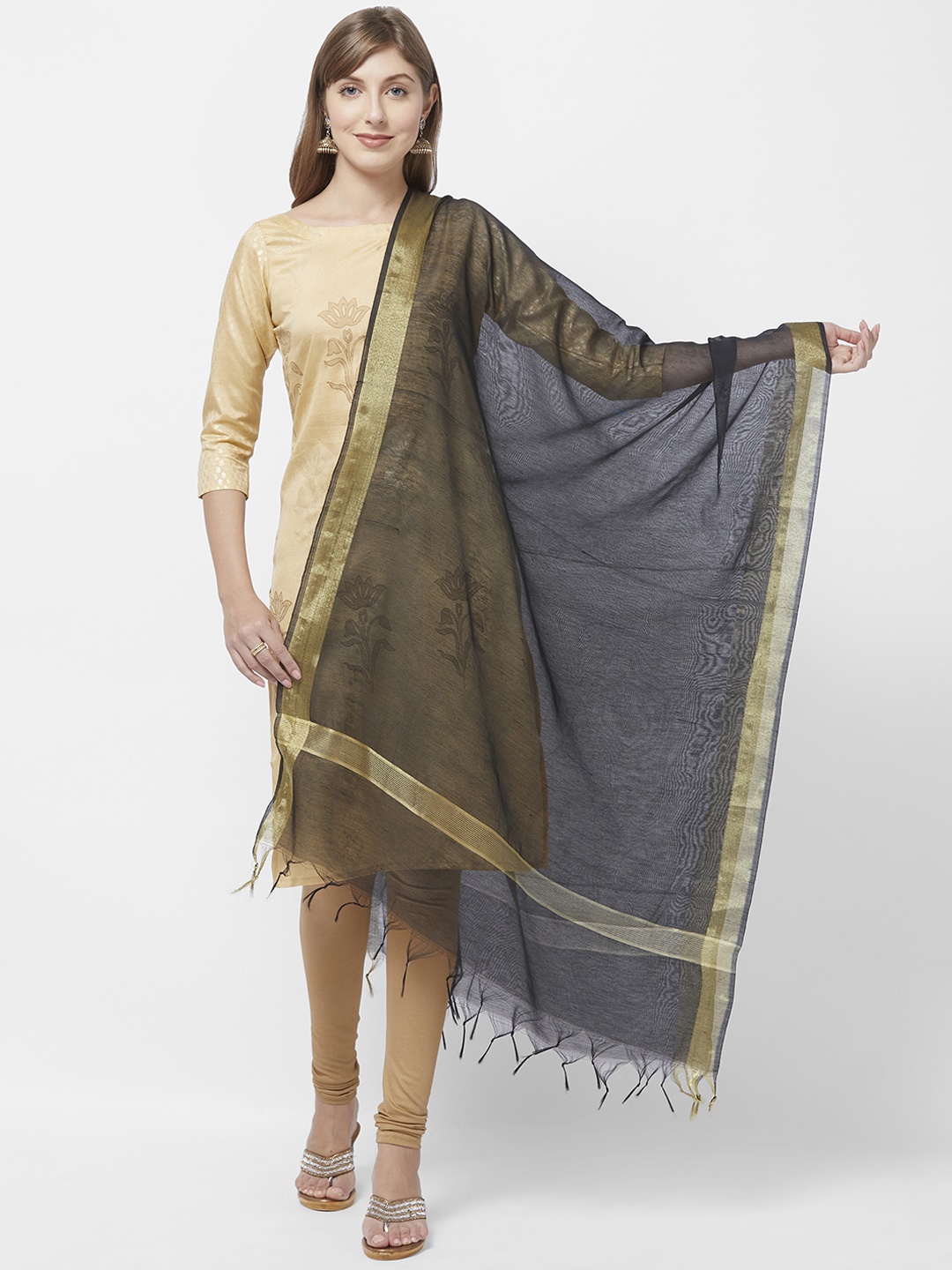How To Test Gold Purity At Home: 10 Simple Tips Before Your Online Purchase
With online gold shopping now just a tap away, the thrill of a deal can sometimes hide the worry of whether it is the real deal. So, just check out this smart shopper's guide and go through the 10 at-home tricks to test gold before you purchase it online.

Worried About Online Purchases? Don't Be - Here Are 10 Tips to Verify Gold Purity Before Clicking.
The gleam of gold has a way of making hearts skip a beat. From dainty earrings for a niece's birthday to a pair of bangles marking a wedding anniversary, the pull is timeless. These days, you can browse endless catalogues, compare prices in seconds, and buy jewellery without stepping out into the afternoon heat.
But convenience comes with its trap: you can't hold the piece, feel its weight, or inspect the hallmark before payment. That's when doubts creep in. What if it's not pure? What if the shine fades?
Here's the good news. You don't need a full lab or a jeweller's loupe to figure it out. With a few simple tricks and a bit of everyday ingenuity, you can check gold purity at home before committing to those gold-plated earrings or any other purchase. And no, none of these involve biting the gold like they do in old films. Your dentist will thank you. So, just check out this smart shopper's guide and go through the 10 at-home tricks to test gold before you purchase it online.

Read easy ways to check the gold purity of your favourite pieces at home; Photo Credit: Pexels
1. Understanding Karats, The Language of Purity
Before any test, it's worth knowing how gold purity is measured. Gold isn't usually used in its pure form for jewellery because it's too soft; it bends faster than a roadside samosa disappears. That's why it's mixed with other metals like copper or silver for strength.
The measure of this mix is called a karat (k), where 24k is pure gold. So, 22k gold has 22 parts gold and 2 parts alloy, and 18k has 18 parts gold and 6 parts alloy. The higher the karat, the richer the gold's hue.
When shopping online, check the product description for karat details. If it says 'gold plated' or 'gold filled', it's not solid gold. Plating is just a thin coat, it might peel over time. Understanding these terms helps you know exactly what you're paying for, and whether the price tag of ₹50,000 is justified.
2. Look for Hallmark Details in Photos
A hallmark is like a gold piece's birth certificate. In India, the Bureau of Indian Standards (BIS) certifies gold purity. A genuine hallmark usually has the BIS logo, purity in karats, an assay centre's mark, and the jeweller's identification mark.
When buying online, zoom in on the product images. Many reputable sellers post close-ups of the hallmark, often on the inside of a ring band or the clasp of a chain. If the photos avoid these details, that's a red flag bigger than a wedding tent.
It's not just about seeing '22k' stamped on it; the style of the mark and how it's engraved can also indicate authenticity. Faint, inconsistent, or sloppy marks may mean it's been done cheaply or added later. A crisp, clean stamp is a better sign that your gold is exactly what the seller claims.
3. The Magnet Test, A Quick First Check
This is one of the easiest home tricks and requires just a decent magnet, even the one on your fridge could work. Pure gold is not magnetic. If your gold item jumps toward the magnet like it's meeting an old friend, chances are there's a lot of other metal in it.
Of course, some gold alloys may contain magnetic elements, so failing the magnet test doesn't always mean fake, but passing it can be reassuring. If the jewellery doesn't budge, you can breathe easier.
Do note: some crafty fakes use non-magnetic metals coated in gold, so don't rely on this alone. Think of it as your first filter, like checking the aroma of tea leaves before you brew, it won't tell you everything, but it's a good start.

A key characteristic of pure gold is that it is not magnetic; Photo Credit: Pexels
4. The Float Test, Water Never Lies
Another age-old method involves nothing more than a bowl of water. Real gold is dense. When placed in water, it sinks straight to the bottom without hesitation. Lightweight or hollow pieces may float or take their sweet time going down, a sign there might be more air and alloy than gold.
Fill a bowl halfway, drop in the piece gently, and observe. This works best with small to medium jewellery rather than big, hollow bangles that are designed to be lighter.
While it's a fun test, remember: modern designs often play with weight to make them comfortable to wear. So, sinking is a good sign, but floating doesn't automatically mean fake. Use this alongside other checks.
5. The Skin Test, Watch for Discolouration
Here's a test that's as old as family wedding stories. Wear the jewellery for a short while and watch for any greenish or black marks on your skin. Pure gold won't react with your skin, it's too noble a metal for that.
If a ring leaves behind a dark trace after a warm day, it's likely the alloy reacting with sweat. This is common in lower karat gold or heavily mixed metals. Some people may also react differently depending on skin chemistry, so results can vary.
A pro tip: try this with a discreet piece so you're not walking around with a mystery green spot on your wrist or finger if the gold turns out suspect.
Also Read: Top 8 Giva and Palmonas Jewelry Deals Now On Myntra
6. The Vinegar Test, Sharp Truth Revealed
White vinegar isn't just for salads. A drop or two can help reveal gold's true nature. Place your jewellery on a soft cloth, add a drop of vinegar, and watch closely. Real gold won't change colour, but fake gold or certain alloys may darken or discolour.
This is a stronger test, so don't use it on delicate designs with stones, enamel, or intricate work, vinegar can damage those. It's best for plain pieces like coins, bands, or pendants.
Always rinse and dry the jewellery afterwards. And yes, the smell will linger a bit, but that's the smell of truth.

Real colour does not change colour even after a few drops of vinegar; Photo Credit: Pexels
7. Using a Gold Testing Kit at Home
If you're serious about buying gold online regularly, investing in a gold testing kit can be worthwhile. These kits usually come with small acid bottles for different karats, a testing stone, and clear instructions.
To test, you rub the gold lightly against the stone and apply a drop of acid. The reaction (or lack of it) indicates the karat. It's surprisingly straightforward, though it feels a bit like a science experiment in your living room.
While acid testing is reliable, it can leave tiny scratches. Keep it for items you're sure you'll keep, not something you plan to return.
The best part? Once you get used to the process, you'll feel a bit like a gold detective, minus the trench coat.
8. Cross-Checking Seller Reputation
Sometimes the safest way to test gold purity before you buy is by testing the seller's credibility. Check their ratings, read customer reviews, and see if they mention hallmark verification in product descriptions.
Well-known jewellers and certified online platforms often have strict quality checks and offer return guarantees. If a seller has only a handful of reviews or their product photos look borrowed from elsewhere, tread carefully.
Think of it like street food, you're more likely to trust the stall with a long queue than the one where the chef looks bored and the chutney looks suspiciously old.
9. Price vs Purity, When a Bargain Isn't a Bargain
Gold has a market rate per gram, updated daily. If a seller's price is way below the day's rate, alarm bells should ring louder than a temple bell on a festival morning.
Check the day's gold price (₹ per gram for the karat you want) and do the math. Remember to add making charges, GST, and shipping if applicable. An unbelievable discount often means unbelievable gold purity.
It's the same logic as seeing a 'Rolex' watch for ₹2,000 on a street corner, the maths doesn't add up.

The price of gold jewellery includes the making charges, GST, and the market rate per gram; Photo Credit: Unsplash
10. Final Verification After Delivery
Even after careful checks, the final proof comes when the gold arrives. Once it's in hand, inspect the hallmark with a magnifying glass, weigh the item, and, if needed, take it to a local jeweller for confirmation.
Many cities have BIS-certified hallmarking centres that will test gold for a nominal fee. This extra step is worth the peace of mind, especially for big purchases.
If the gold fails to match what was advertised, use the seller's return policy immediately. Good platforms make this easy; shady ones will try to delay. That's when all your earlier checks come in handy; you'll have screenshots, photos, and the confidence that you did your homework.
Products Related To This Article
1. KISNA DIAMOND AND GOLD JEWELLERY Women 18 Kt Gold 0.01CT Diamond Ring
2. Tyaani Jewellery by Karan Johar Aastha Polki Loose Bracelet
3. KUBERBOX Eccentric 18KT Gold Ruby Ring-1.58gm
4. KISNA DIAMOND AND GOLD JEWELLERY Women 18KT Finger Ring Diamond
5. BHIMA 916 BIS Hallmark 22K Gold Hoop Earrings
6. Mia by Tanishq Floral Doodle Stud Earrings
7. KUBERBOX Beguile 18KT Gold Diamond-Studded & Pearl Earrings-1.24gm
Buying gold online can be both exciting and nerve-racking. The sparkle on screen may be tempting, but purity is where the real value lies. By blending old-school tricks with modern-day vigilance, you can shop confidently without falling into the glitter trap.
Gold has always been more than just metal; it's memories, milestones, and sometimes even an emergency safety net. A little extra care before buying ensures that every gram is worth its weight, not just in rupees, but in trust.
After all, the joy of gold isn't just in wearing it, it's in knowing that the shine will last as long as the stories it will be part of. So, shop gold jewellery online and fill your collection with timeless pieces.
Disclaimer: The images used in this article are for illustration purpose only. They may not be an exact representation of the products, categories and brands listed in this article.

























